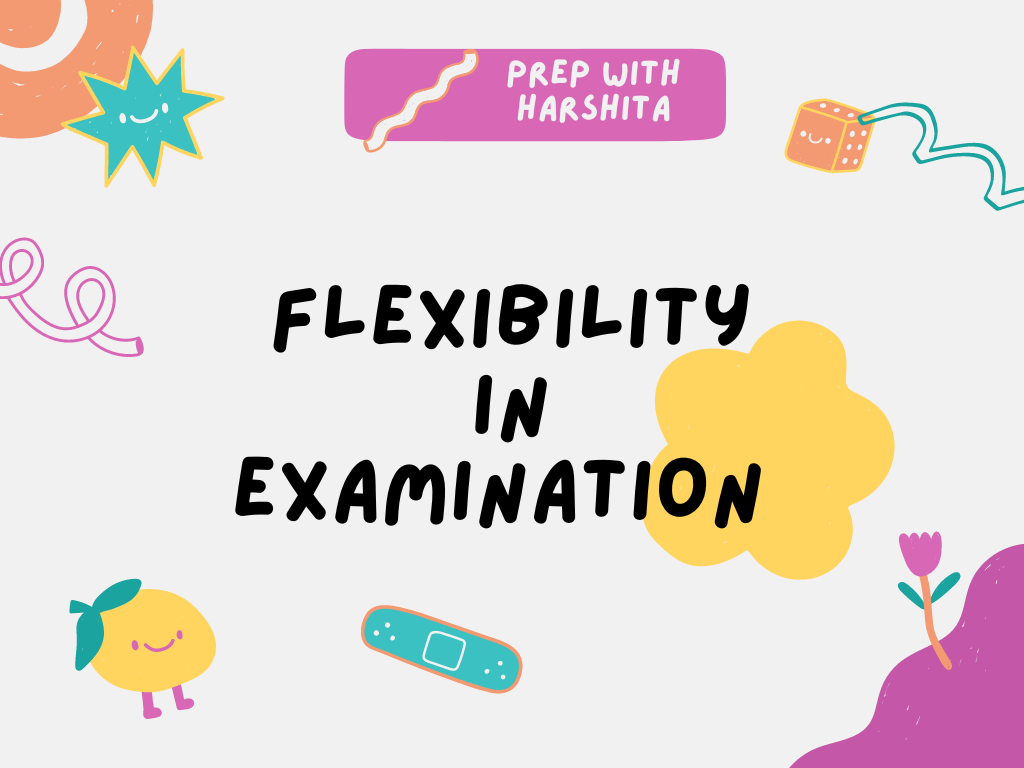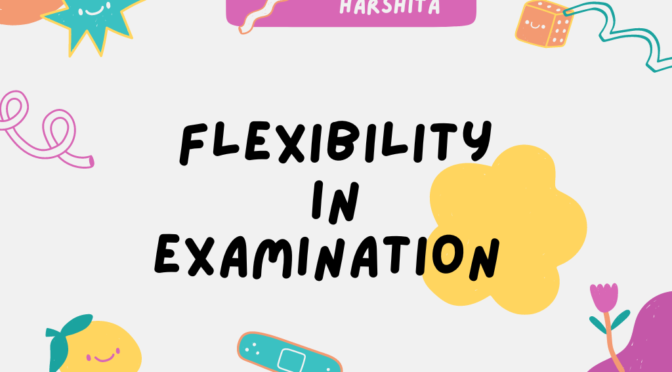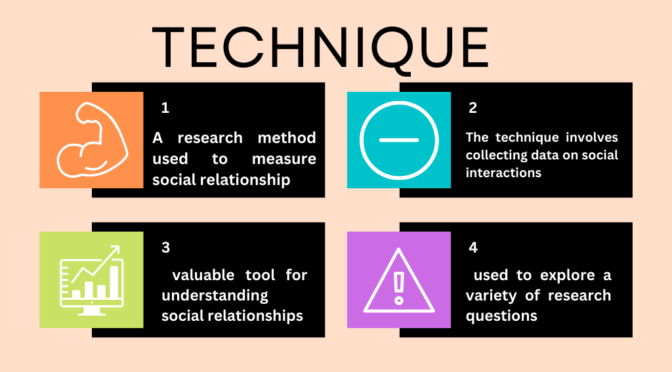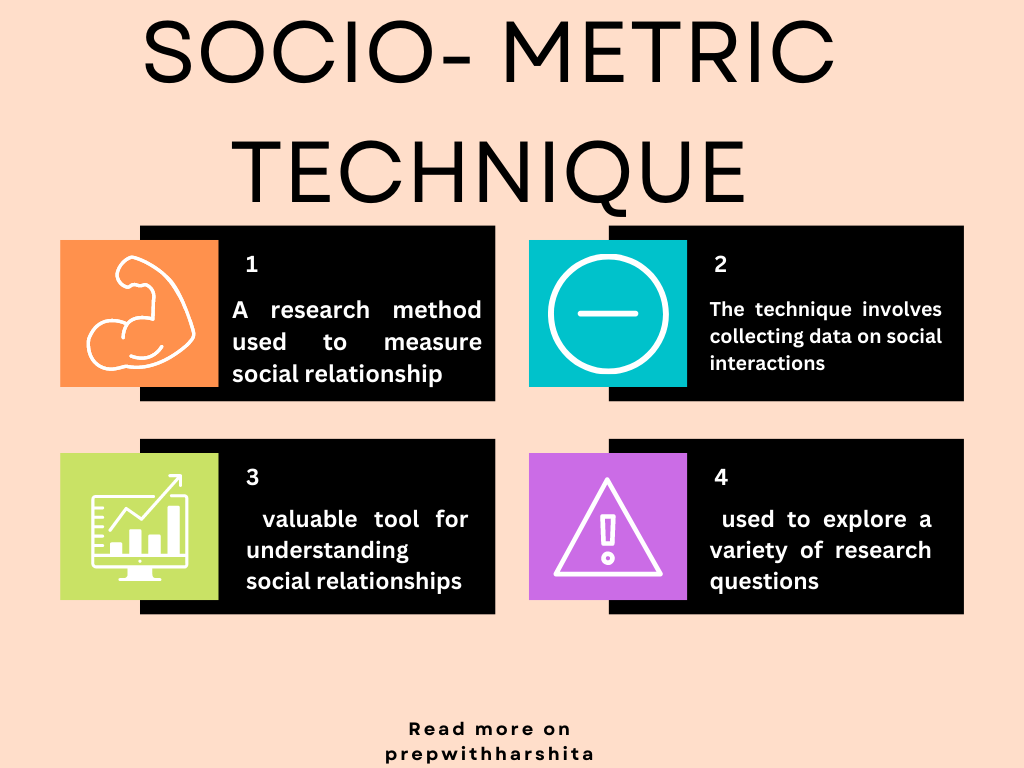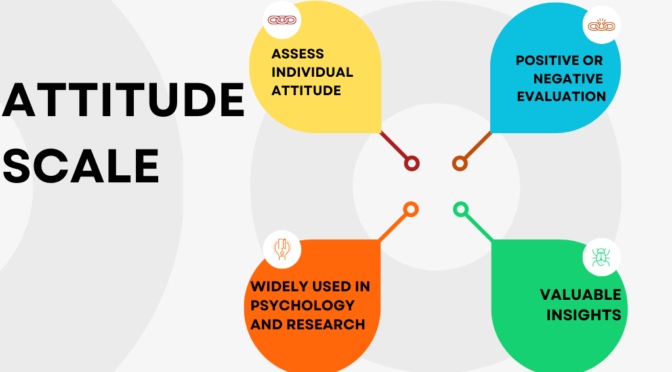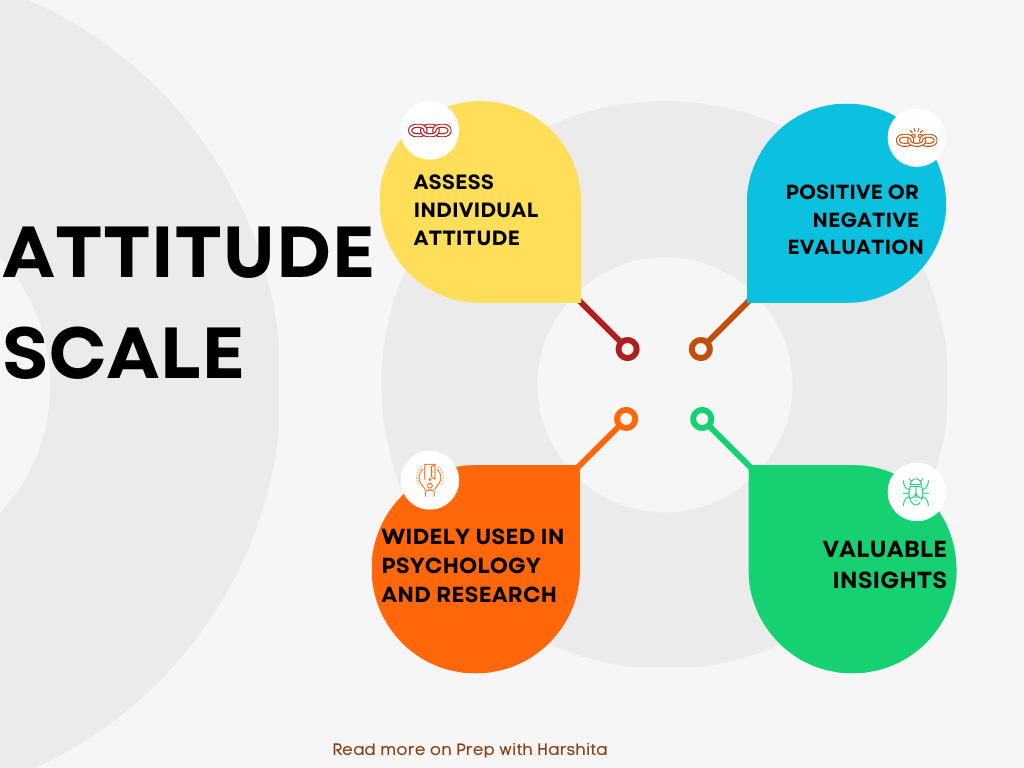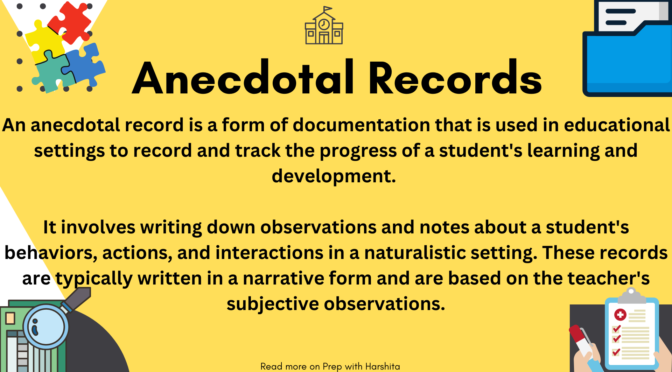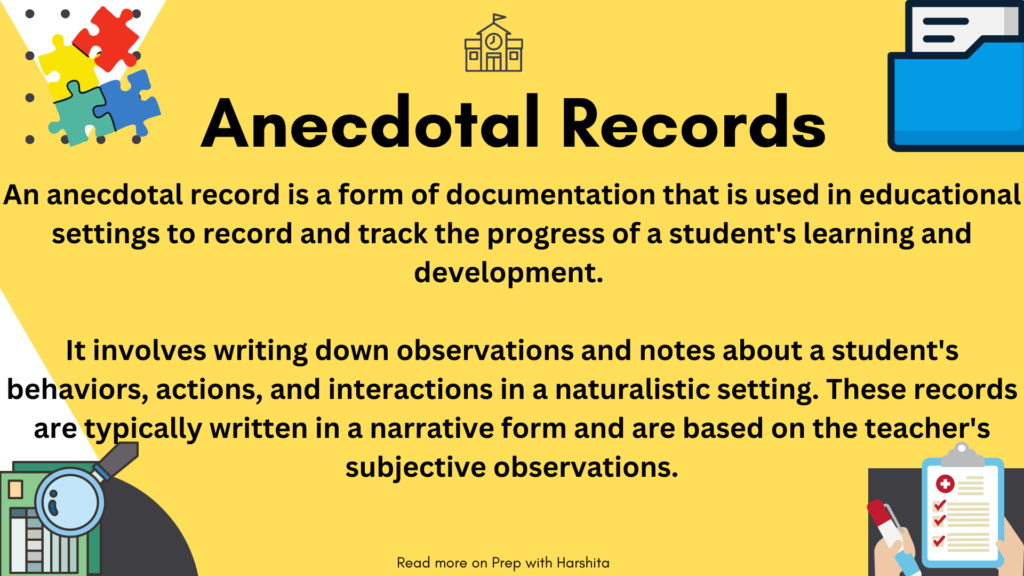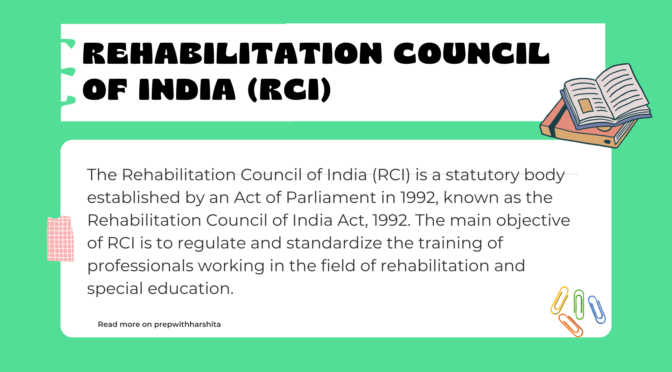The purpose of flexibility in the examination is to provide students with the opportunity to demonstrate their knowledge and skills in a way that is more aligned with their strengths and abilities. This can help to reduce stress and anxiety for students, promote a more inclusive and equitable learning environment, and ensure that students are able to perform to the best of their abilities.
Benefits of Flexibility in Examination
Flexibility in the examination can also benefit students with disabilities or learning differences, who may require accommodations such as extra time or alternative exam formats to fully demonstrate their knowledge and abilities. Providing these accommodations can help to level the playing field and ensure that all students have an equal opportunity to succeed.
Also Read: Socio-Metric Technique
Some features of flexibility in the examination include:
- Alternative exam formats: This can include options such as oral exams, take-home exams, or open-book exams, which allow students to demonstrate their knowledge in different ways.
- Accommodations for disabilities: Students with disabilities or learning differences may require accommodations such as extra time, specialized equipment, or a quiet testing environment to fully demonstrate their knowledge and abilities.
- Rescheduling options: In some cases, students may require flexibility in their exam schedules due to personal circumstances, such as illness, family emergencies, or other unforeseen events.
- Clear policies and procedures: Institutions should have clear policies and procedures in place to ensure that students are aware of their options for flexibility in examination and know how to request accommodations or rescheduling.
- Consistent standards and rigor: While providing flexibility , institutions must ensure that academic standards and rigor are maintained and that students are held to the same standards of performance regardless of the exam format or accommodations.
Overall, the purpose of flexibility in the examination is to promote fairness, equity, and student success, while also ensuring that academic standards are maintained. By providing options and accommodations, institutions can help to support the diverse needs of their student populations and promote a more inclusive learning environment.
